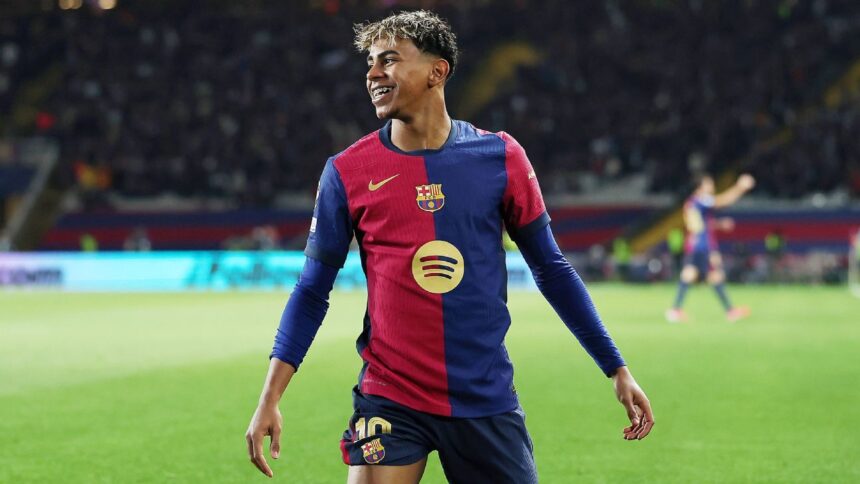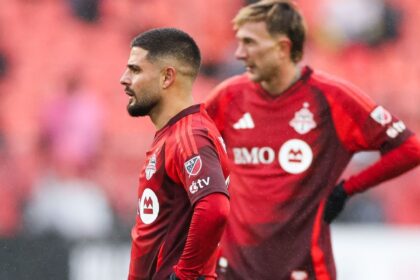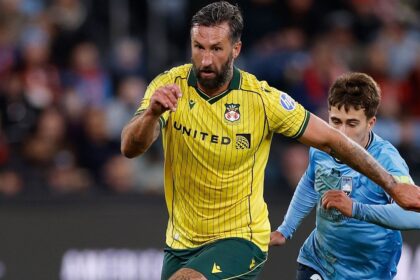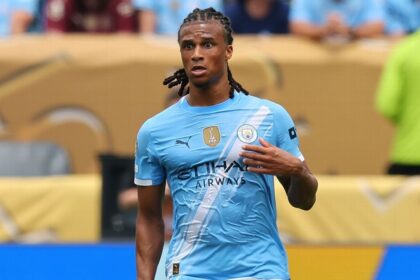A couple of days ago, prior to the 2022 World Cup final, I generated controversy by raising a reflection that generated debate. I suggested that the discussion about the best modern footballer had been wrong for fifteen years. The question was not whether Lionel Messi was the best football player of the modern era. After a brief data analysis, the answer is clear: Messi is the most outstanding of the globalized era of football.
Instead, I argued that the main question should be whether Messi was the best male athlete of all time. The difference between Messi and the second-best modern player, Cristiano Ronaldo, is considerable, comparable to that existing in other major sports. However, the key difference lies in the popularity of football globally, which makes it difficult to stand out as much as in the NFL or NBA, sports with a smaller reach. Considering this, the debate comes down to Messi and Usain Bolt, as running 100 or 200 meters is accessible to almost everyone.
When analyzing Messi, logic is taken to the extreme. In such an emotional and competitive sport, hyperbole is common. However, with Messi, the difficulty lies in reaching exaggeration. Now, that feeling returns every few weeks, driven by a player who shares a position and team with Messi’s former club. Although it is unlikely to see another footballer like Messi, observing 17-year-old Lamine Yamal at Barcelona raises doubts about whether we are witnessing a new phenomenon.
Is Lamine Yamal the best teenager in the history of football? Comparing him to Messi at the same age is useless, as Yamal has surpassed Messi in multiple aspects.
At the end of his season at 17, Messi had one goal in La Liga and zero assists. Yamal, before turning 18 in July, already has 11 goals and 17 assists, with four games remaining. In addition, he has five goals and five assists in the Champions League, while Messi did not reach five goals in this competition until he was 20 and five assists until he was 21, when he won his first Ballon d’Or.
Currently, Yamal surpasses Messi by 37 goals and assists. For reference, only one player in Europe, Mohamed Salah of Liverpool, has matched that figure this season.
Analyzing other players of the same age, it is important to mention Pelé, who scored six goals at 17 years old in the 1958 World Cup. However, the comparison is complex due to the current professionalization and globalization of football.
According to the FBref statistics database, which covers the five major European leagues since the 90s, the best season for a 17-year-old attacker was Michael Owen’s at Liverpool in 1997-98, with 18 goals and 10 assists. That mark of 28 contributions is the highest in the database for a player under 18 years old.
Kylian Mbappé follows, with 15 goals and seven assists for Monaco in the 2016-17 season, and then Yamal, with six goals and 12 assists (and counting) for Barcelona this season.
In summary, Owen, Mbappé, and Yamal are the best teenagers in the modern history of football. Yamal’s current season surpasses those of Owen and Mbappé for several reasons.
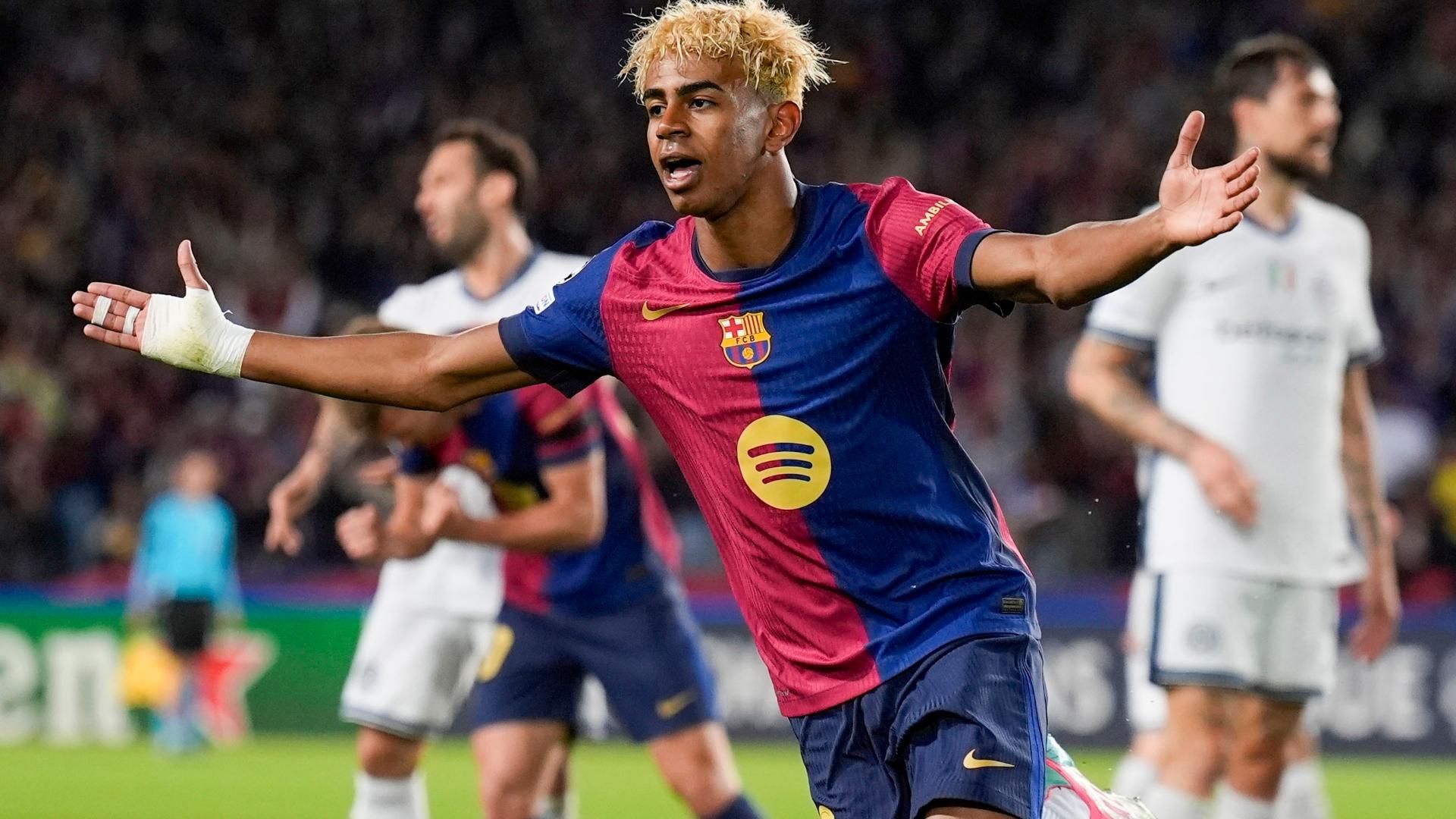
Owen’s Liverpool finished third in 1997-98, in a period of weakness for the Premier League. According to Elo rankings, the English league had the lowest average of the five major leagues. Mbappé’s Monaco was a superior team, but Ligue 1 was also the least valued league at that time. Yamal’s Barcelona, on the other hand, is superior to both teams, ranking in the top 5 of the Elo rankings. Furthermore, La Liga competes with Serie A as the second-best league after the Premier League.
While Mbappé and Owen achieved their figures in less favorable environments, Yamal benefits from his teammates as much as they benefit from him. This is where the comparisons to Messi make sense: Yamal not only scores and assists, but also contributes in other facets of the game.
After the 3-3 draw against Inter Milan in the Champions League semi-final, the question arose as to whether Yamal was already the best player in the world. Although he showed it at certain moments in the match, it is important to keep perspective. Mohamed Salah has 22 goals and six assists more than Yamal this season, playing in the same position and in a more competitive league. Yamal is not yet the best player in the world, but he is close.
According to Michael Imburgio’s DAVIES model, which evaluates a player’s value both in and out of possession, eight players in the five major European leagues have contributed at least 10 goals of value to their teams this season:
- Mohamed Salah, Liverpool: 13.04
- Kylian Mbappé, Real Madrid: 12.42
- Cole Palmer, Chelsea: 11.28
- Raphinha, Barcelona: 10.76
- Hugo Ekitike, Eintracht Frankfurt: 10.64
- Ousmane Dembélé, Paris Saint-Germain: 10.64
- Robert Lewandowski, Barcelona: 10.45
- Lamine Yamal, Barcelona: 10.36
The key difference is age: Yamal is five years younger than Palmer and Ekitike, the next ones on the list. Furthermore, the other players have more goals and assists than Yamal. This indicates that Yamal already performs the secondary actions that help his team win. What made Messi the best was his ability to score and assist frequently, in addition to excelling in other aspects of the game.
That “other aspect” refers to the ability to carry the ball into the penalty area and generate scoring opportunities. While Owen and Mbappé relied on others to bring the ball into dangerous areas, Yamal is the one who generates those opportunities for his teammates.
In the five major European leagues, only two players have driven and passed the ball into the rival area at least 80 times this season: Salah and Yamal. Since 2017, there have only been three seasons in which a player reached 80 entries into the rival area in both aspects: Salah in 2022-23, Eden Hazard in 2018-19, and Messi in 2017-18. That is, a 32-year-old player, two 30-year-olds, one 27-year-old, and one 17-year-old.
And Yamal still has four league matches to play.
How can Yamal become the best player in the world? The answer is simple: goals.
One way to explain why he is not yet the best player is that he has six goals in the league. Six! Of the players in the five major leagues, 175 have scored more goals than Yamal this season. However, only two players have taken more shots. Of the 84 players with at least 60 shots, he is the last in goals per shot: 0.05.
There are three possible explanations: bad luck, bad aim, or bad shots. In reality, it’s a combination of all three.
According to Stats Perform’s post-shot expected goals model, Yamal should have scored 7.9 goals from his 119 shots. Opposing goalkeepers have conceded two fewer goals than expected. Furthermore, all of Yamal’s shots have an xG value of 8.75, indicating that his attempts are worse than would be expected.
But the main reason why Yamal shoots so much and scores little is that he takes bad shots. Among players with at least 60 shots this season, only two have a lower xG-per-shot average than Yamal’s, which is 0.07. The average in Europe is around 0.10.
Yamal usually shoots from outside the area and rarely goes into the center of the area. However, this could be an area where he shows “normal”. Most young players take many bad shots and, over time, improve the quality of their shots. Yamal is likely to improve in this aspect. The degree of improvement will determine his potential.
Messi, with an average shot quality, took 150 or more shots each season and scored around eight more goals than expected, which allowed him to score 50 goals in a La Liga season.
To reach a star level similar to Messi’s, Salah can be analyzed. At Liverpool, he has scored, on average, one more goal than expected per season. He takes approximately the same number of shots as Yamal, but the quality of his shots is more than double: 0.15, compared to Yamal’s 0.07.
The big difference between Salah and Yamal is that Salah became an elite passer in his later years. Yamal already is. While there have been many dribblers as good as Yamal at his age, passing is a skill that develops later in a career and lasts longer. Yamal is already one of the best creative passers in the world at any age and, without a doubt, the best teenage passer we have seen.
The pass guarantees a world-class ceiling for Yamal, but the development of his shooting ability will determine his maximum potential.
The biggest risk to Yamal’s career is injury. It’s tempting, and terrifying, to remember Owen’s career and worry about the same thing. Owen’s best season, measured by goals and assists, was at 17. He continued to be a great player for Liverpool for six more years, before signing for Real Madrid and returning to the Premier League, where his performance declined.
Owen attributes his decline to a hamstring injury at age 19. Furthermore, he has said that he hated playing football when he reached his peak years. Owen only played more than 1,000 minutes one more time after the age of 27. In that final stretch, he scored 14 goals in the Premier League, four fewer than in the season when he was 17.
Barcelona also does not have a good recent track record in managing young talents. Ansu Fati, Pedri, and Gavi have played at an incredibly high level for the club as teenagers, but they have been out with injuries for significant periods before reaching their prime.
If he maintains his current pace, Yamal will have played the most minutes of any outfield player under the age of 18 in the FBref database by the end of next season. He will be close to 8,000 minutes, while no one else surpasses 6,300. However, of the four players who would be just below him, Eduardo Camavinga, Wayne Rooney, Iker Muniain, and César Azpilicueta, three had long and mostly injury-free careers, while Camavinga, who was recently ruled out by Real Madrid for the rest of the season due to a groin injury, has not been more prone to injury than the average player.
We tend to remember the lost promise of players like Owen or even Luke Shaw, who played almost 3,000 minutes for Southampton at 18 and hasn’t played as many minutes since. But players who play a lot at a young age in one of the big five leagues don’t seem to be more at risk of injury.
Therefore, when Real Madrid and Barcelona play this weekend, perhaps we should enjoy the current situation.
Mbappé and Vinícius Júnior will lead Madrid’s attack, with Jude Bellingham participating in midfield. Barcelona’s Raphinha will strive to the maximum. Robert Lewandowski will try to extend his lead over other goalscorers. Pedri will find spaces and make passes that no one else in the world is capable of seeing.Despite all this, it is very likely that the best player on the field will be someone who is not yet old enough to vote.

